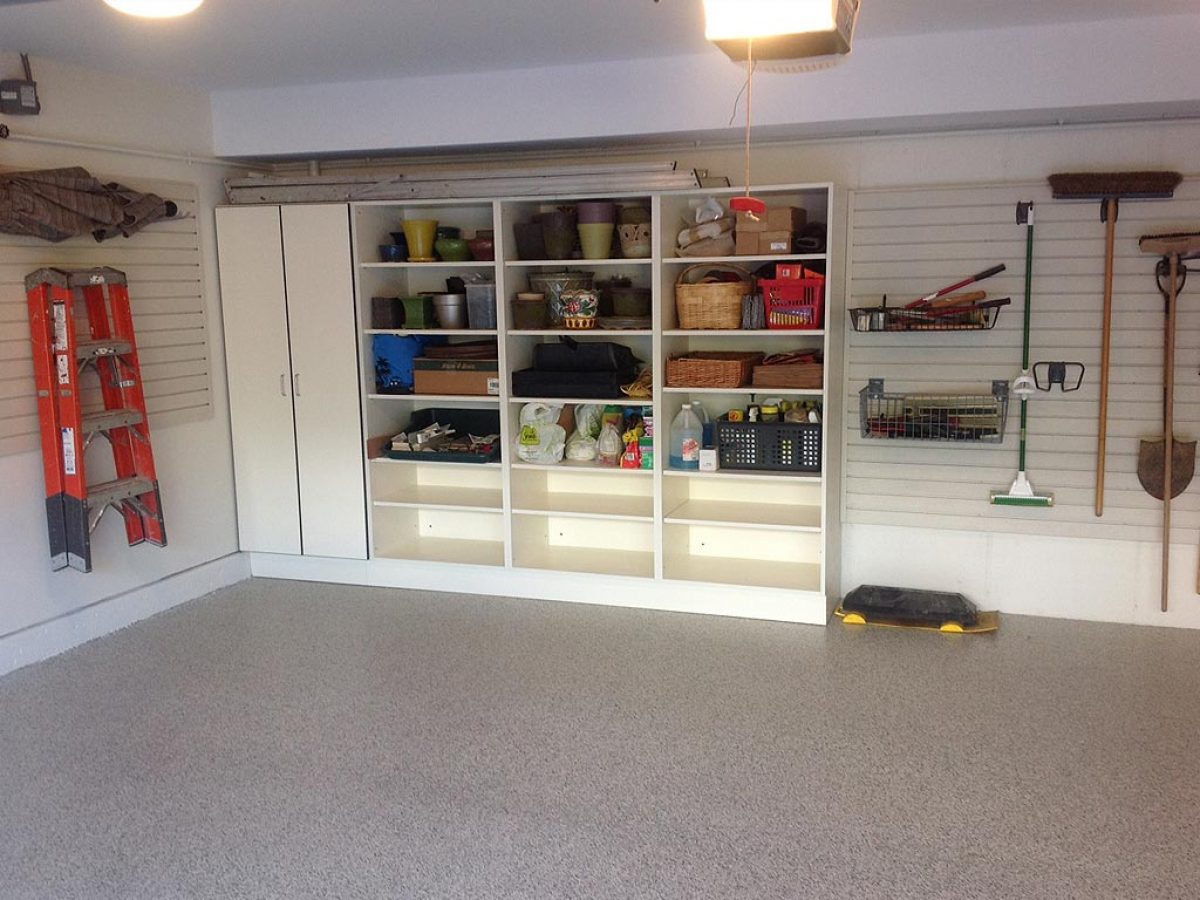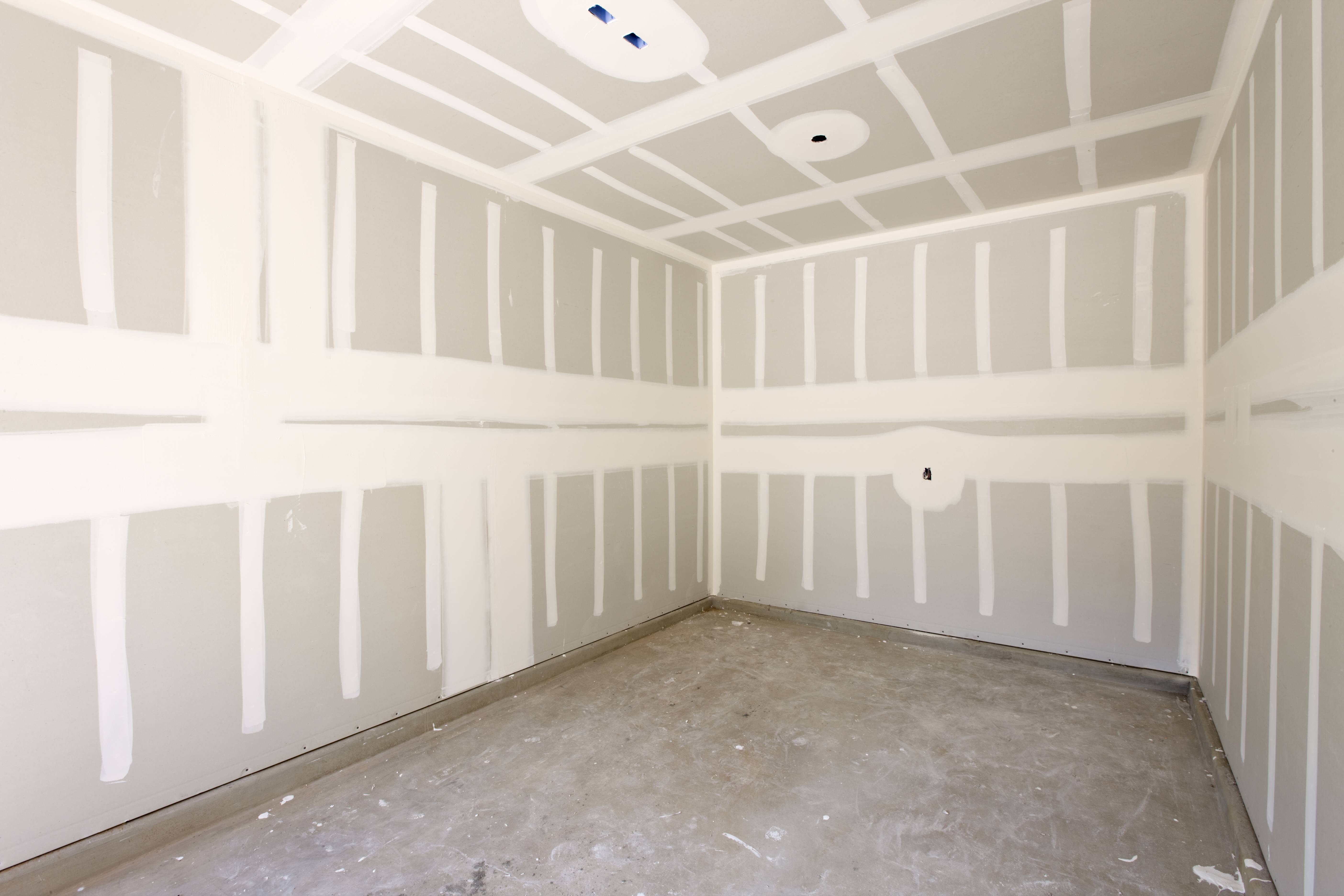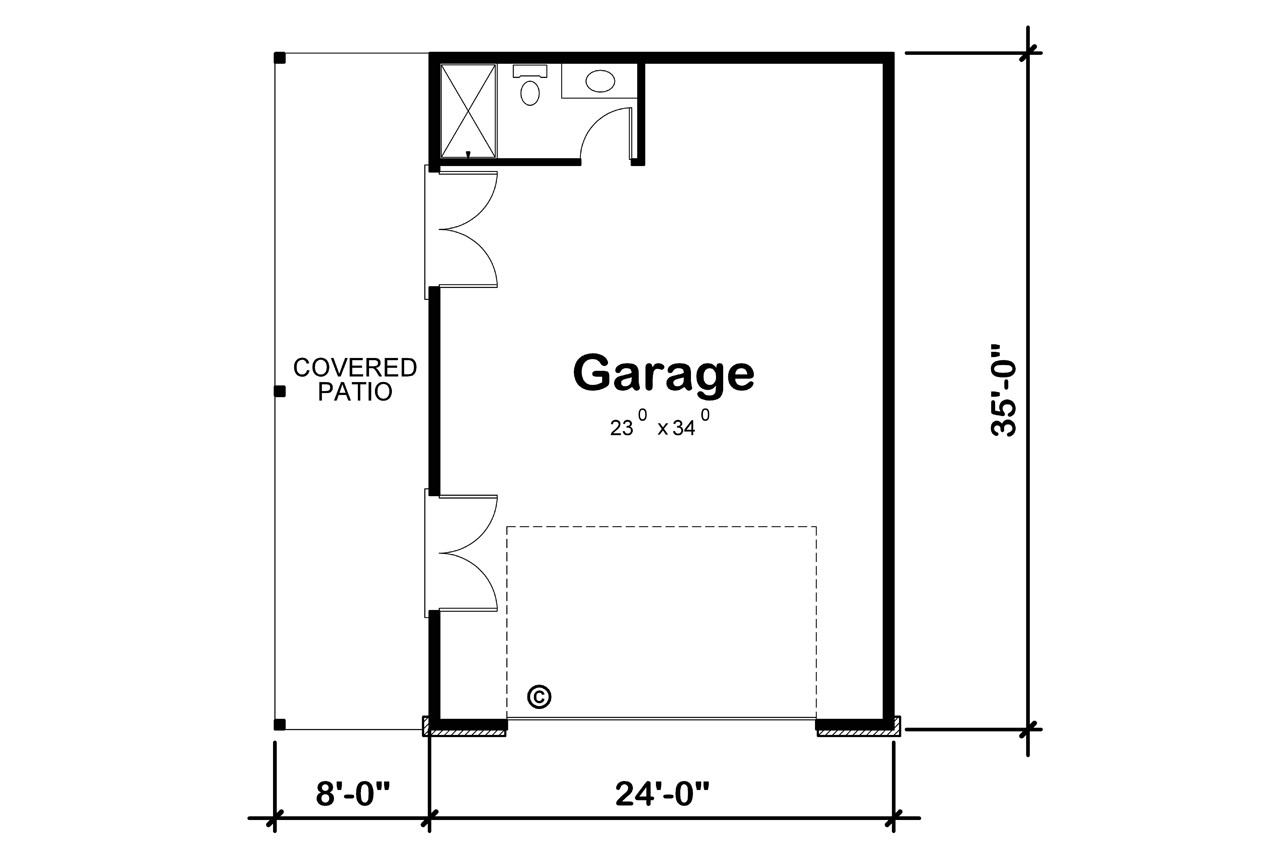
A garage conversion with loft can be a great way for you to add living space. It can be used in many ways, including a family or home office, as well as a games area. You may be able to save money by paying for the project in instalments. A professional can help you if your garage needs to be converted.
The amount of light and ventilation in the new garage conversion with loft should be considered. Protecting your furniture and belongings from damp can be done with an insulated roof window. The best part is that a loft has a much easier access than an attic.
It is important to consider the materials used in your construction. Bricks should be matched to the rest of your house, for example. Your garage windows should also be of the correct size and style. Good lighting will enhance the space's appearance and quality.

For a complete garage conversion, the cost can vary depending on how big your garage is. You will need to add insulation, soundproofing and possibly a kitchen. Complex conversions will however cost more.
Generally, the best thing to do is to plan ahead. Homeowners should also be informed about local regulations and laws. You may need a building permit in some areas. When you do, it is a good idea to seek the advice of a surveyor at the local council.
Although garage conversions typically don't need planning permission it's still a smart move to do so. It's a smart idea to get a Lawful Design Certificate if you plan on selling your house in the near future. The Lawful Development Certificate will prove to potential buyers that your home has been converted legally and permitably.
Another smart move is to make a separate entry into your garage. This will make sure your car is not in the same space as your clothes. It will also provide a safe and convenient escape to the outside.

Structural changes are one of the most expensive parts of a garage conversion. You'll need to knock out a wall or two to create an open-plan area. You will need a roof that meets minimum standards for fire resistance. Your pitched roof should include a few 150mm layers of glass fiber quilts.
Also, you'll want to make sure that trickle vents are installed in your garage door framework and window frames. Trickle vents allow for ambient airflow and ventilation in the space. A floor that has the right amount insulation will be a good choice.
As long as it is done right, a garage conversion with a loft is a good idea. Make sure you consider the best features, materials and how to use the room.
FAQ
Are you able to spend $30000 on a kitchen renovation?
A kitchen remodel costs anywhere from $15000 up to $35000 depending on what you are looking for. If you want a complete kitchen overhaul, expect to pay more than $20,000. If you are looking to upgrade appliances, paint or replace countertops, it is possible to do this for less than $3000.
A full-scale renovation typically costs between $12,000 and $25,000 on average. But there are ways to save money without compromising quality. One example of this is installing a sink, instead of replacing the old one. It costs about $1000. Or you can buy used appliances for half the price of new ones.
Kitchen renovations are more time-consuming than other types of projects. Plan accordingly. It doesn't make sense to start work on your kitchen when you realize half way through that time is running out.
Start early. Begin by looking at all options and getting estimates from multiple contractors. Next, narrow your options based on price and availability.
Once you have identified potential contractors, request estimates and compare their prices. Sometimes the lowest bid doesn't necessarily mean the best. It's important to find someone with similar work experience who will provide a detailed estimate.
Remember to include all the extras when calculating the final cost. These extras could include labor and material costs, permits, or other fees. You should be realistic about what you can spend and stick to your spending budget.
If you're unhappy with any of the bids, be honest. Tell the contractor why you don't like the initial quote and offer another chance. Don't let your pride prevent you from saving money.
What is the difference between building a new home and gutting a current one?
Gutting a home removes everything inside a building, including walls, floors, ceilings, plumbing, electrical wiring, appliances, fixtures, etc. It is often done when you are moving to a new location and wish to make some improvements before you move in. It is often very costly to gut a home because of all the work involved. Your job may require you to spend anywhere from $10,000 to $20,000 to gut your home.
Building a home is where a builder builds a house frame by frame, then adds walls, flooring, roofing, windows, doors, cabinets, countertops, bathrooms, etc. This is usually done after buying a lot of lands. Building a home usually costs less than gutting and can cost between $15,000 and $30,000.
It all depends on what you plan to do with your space. If you want to gut a home, you'll probably need to spend more because you'll be starting over. You don't need to take everything apart or redo everything if you are building a home. Instead of waiting for someone to tear it down, you can make it exactly how you want.
What should I do with my current cabinets?
It all depends on whether or not you plan to rent your home out. If you are planning on selling, you might want to take out and refinish the cabinets. This gives buyers an impression of brand new cabinets, and it helps them imagine their kitchens after they move in.
But if your goal is to rent your house you will need to remove the cabinets. Many tenants complain about cleaning up after their previous tenants, including greasy fingerprints and dirty dishes.
You can also consider painting the cabinets to make them look newer. It is important to use a high quality primer and paint. Low-quality paints can become brittle over time.
What does it cost to tile a shower?
If you want to do it yourself, go big. A full bathroom remodels an investment. However, quality fixtures and materials are worth the long-term investment when you consider how beautiful a space will be for many years.
The right tiles will make a big difference in the way your room feels and looks. Here's how to choose the right tiles for your home, regardless of whether it's a small renovation or major project.
First, decide which type of flooring you'd like to install. Ceramics, porcelain, stone, and natural wood are common choices. The next step is to choose a style. The last step is to choose a color scheme.
If you are remodeling a large bathroom, you'll likely need to match the tile with the rest. You could choose to use white subway tiles for the kitchen and bathroom, while using darker colors in other rooms.
Next, calculate the project's size. Do you think it is time to remodel a small powder-room? Or would you rather add a walk-in closet to your master suite?
After you have determined the scope of work, visit local shops to see samples. By doing this, you will get an idea of the product's installation methods.
Shop online for amazing deals on ceramic and porcelain tiles Many retailers offer free shipping or discounts on bulk orders.
How can I tell if my house needs a renovation or a remodel?
First, consider whether your home has been updated in recent times. A renovation may be a good idea if there have been no updates for several years. A remodel may be a better option if your house looks like new.
A second thing to check is the condition of your house. If there are holes in the drywall, peeling wallpaper, or broken tiles, it's likely time for a renovation. If your home is in good condition, it might be worth considering a remodel.
Another factor to consider is the general state of your home. Are the structural integrity and aesthetics of your home? Do the rooms look nice? Are the floors well-maintained? These questions are critical when deciding what type of renovation you should do.
What is the difference between a remodel and a renovation?
A remodel is major renovation to a room, or a portion of a rooms. A renovation is minor changes to a room, or a portion of a bedroom. Remodeling a bathroom is a major job, but adding a faucet to the sink is a minor one.
A remodel involves replacing an entire room or part of a whole room. A renovation involves only changing a portion of a room. A kitchen remodel might include the replacement of countertops, sinks as well as appliances, lighting, and other accessories. But a kitchen update could include painting the wall color or installing a new light fixture.
Statistics
- 55%Universal average cost: $38,813Additional home value: $22,475Return on investment: 58%Mid-range average cost: $24,424Additional home value: $14,671Return on investment: (rocketmortgage.com)
- Attic or basement 10 – 15% (rocketmortgage.com)
- Following the effects of COVID-19, homeowners spent 48% less on their renovation costs than before the pandemic 1 2 (rocketmortgage.com)
- 5%Roof2 – 4%Standard Bedroom1 – 3% (rocketmortgage.com)
- About 33 percent of people report renovating their primary bedroom to increase livability and overall function. (rocketmortgage.com)
External Links
How To
How to Install Porch Flooring
It is very simple to install porch flooring, but it will require planning and preparation. It is best to lay concrete slabs before you install the porch flooring. If you don't have a concrete slab to lay the porch flooring, you can use a plywood deck board. This allows you install the porch flooring easily without needing to make a large investment in a concrete slab.
The first step when installing porch flooring is to secure the subfloor (the plywood). To do this, you must measure the width of the porch and cut two strips of wood equal to the porch's width. These should be laid along the porch's sides. Next, nail them into place and attach them to the walls.
After attaching the subfloor to the surface, prepare the area where the porch flooring will be installed. This typically involves cutting the top layer of floorboards to the desired size. Next, finish the porch flooring. A polyurethane finish is common. A stain can be applied to porch flooring. Staining is more straightforward than applying a coat of clear paint. After applying the final coat, you just need to sand down the stained areas.
Once you have completed these tasks, you can finally install the porch flooring. First, measure and mark the location of your porch flooring. Next, measure the porch flooring and cut it to size. Finally, put the porch flooring in its place and nail it.
If you want to increase the stability of your porch flooring's floor, you can install porch stairs. Porch stairs are often made from hardwood. Some people prefer to install their porch stairways before installing their porch flooring.
Once you have installed your porch flooring, it is time to complete the project. You first have to take out the old porch flooring and put in a new one. Next, remove any debris. Be sure to remove all dirt and dust from your home.